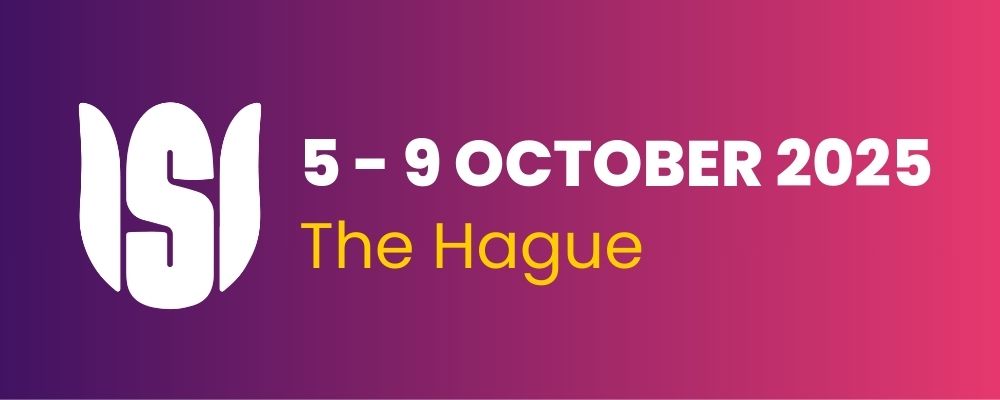Time-Series Exhaustive Automatic Modeling: a new methodology for model identification
Conference
65th ISI World Statistics Congress
Format: IPS Abstract - WSC 2025
Keywords: jdemetra+, methodology, rsoftware, seasonal_adjustment, time-series
Session: IPS 964 - New Developments in Seasonal Adjustment
Tuesday 7 October 8 a.m. - 9:10 a.m. (Europe/Amsterdam)
Abstract
Seasonal adjustment of time series plays a pivotal role in modern official statistics, ensuring accurate and reliable data analysis. To obtain a seasonally adjusted time series, it is necessary to identify an adequate seasonal RegARIMA model for the series. The quality of the identified RegARIMA model is crucial to ensure the quality of the obtained seasonally adjusted series. However, due to resource constraints and time limitations, the models identified in an automatic way using the current software may not be optimal. This leads to a worse performance of seasonal adjustment, since these models must be maintained for a year.
We present a new methodology and an R package implementing it, Time-Series Exhaustive Automatic Modeling (TEAM), building on the JDemetra+ ecosystem, which aims to automate and enhance the yearly model identification phase. The goal is to provide in an automated way a list of optimal models, where the optimality criteria can be specified by the users to meet their specific needs.
The methodology employed in TEAM is characterized by an exhaustive search and ranking of models. Initially, an exhaustive search of specifications is conducted for each time series, testing all possibilities for parameters such as data transformations (logarithms or levels), the order of the ARIMA model, inclusion of outliers, and calendar regressors. Subsequently, each specification is processed using the JDemetra+ software in a parallelized way, yielding diagnostic information to construct several indicators assessing the quality of the specifications in several areas of quality. The best models are retained and ranked according to a final score, computed by appropriately combining the obtained indicators. Finally, TEAM presents the user with a selection of the best models based on the final score, enabling them to choose the most suitable model according to their needs.
